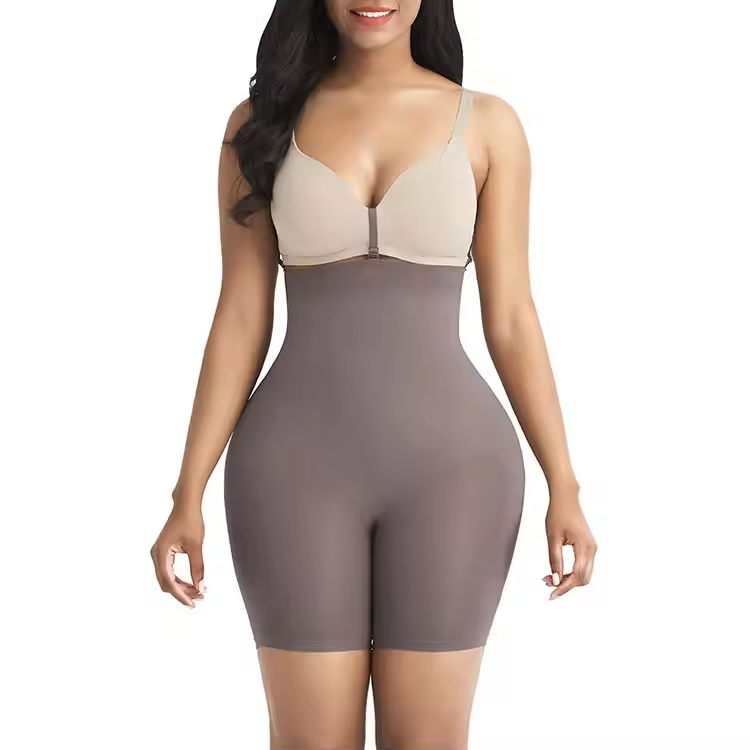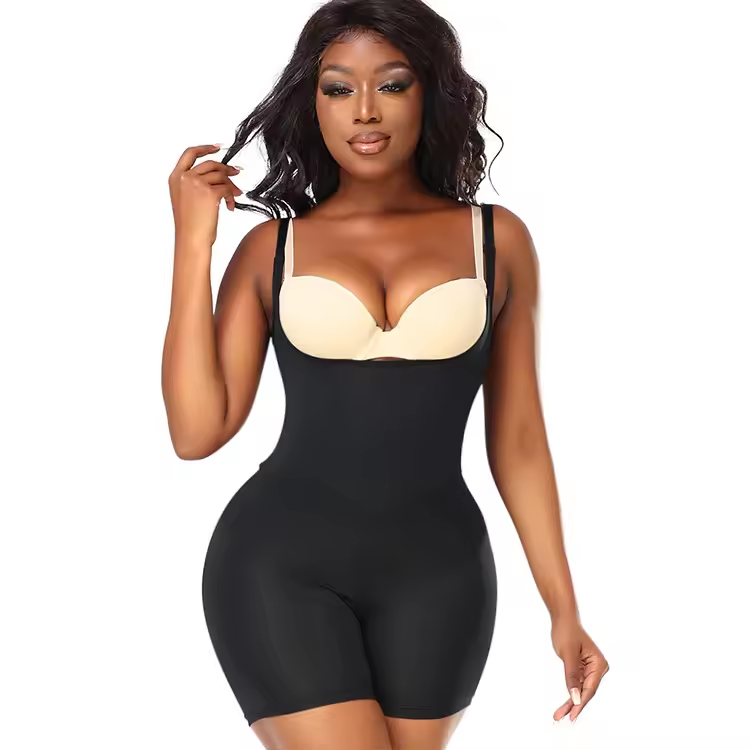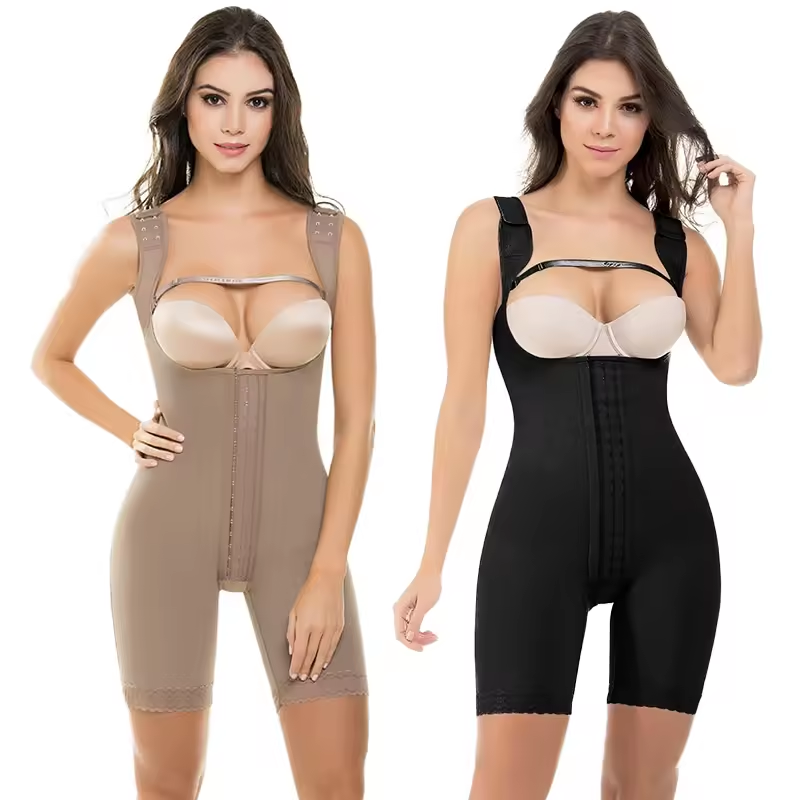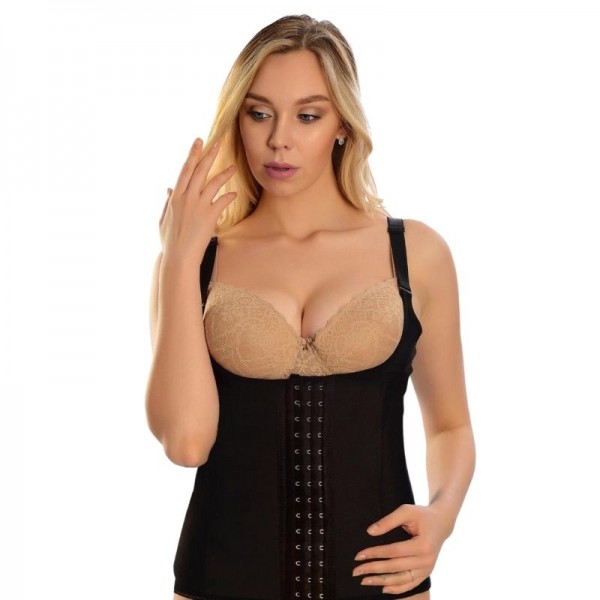Understanding the Girdle: A Versatile Accessory for Everyone
The girdle has a rich history and multi-faceted significance. Historically, it served various functions. In medieval times, girdles were essential for both practicality and ornamentation. They held garments in place and showcased fashion trends. Many civilizations viewed the girdle as a symbol of status and power. Today, its evolution continues to impact fashion and function significantly. Numerous styles exist, ranging from traditional to modern designs. Each variation reflects unique cultural influences and purposes. This article explores different types of girdles and their roles in contemporary fashion and utility.
Historical Significance of the Girdle
The girdle dates back to ancient civilizations. Ancient Egyptians, for instance, wore girdles adorned with intricate designs. These showcased their craftsmanship and artistic skills. Similarly, the Greeks utilized girdles to create an effortlessly elegant silhouette. Their designs highlighted the waist and complemented their flowing garments. Over time, girdles transitioned to reflect changes in fashion and societal norms. The Middle Ages saw girdles crafted from leather, fabric, and chainmail. Nobility often embellished them with luxurious materials.
As fashion evolved, girdles maintained their presence across various periods. The Victorian era introduced corsets, heavily influencing girdle styles. Women sought to create an hourglass figure, leading to structured designs. Modern girdles emerged as a response to changing beauty standards. While some retain traditional structures, others prioritize comfort and flexibility. Contemporary girdles have transformed into shapewear, providing a blend of support and ease. Their historical significance reminds us of the relationship between clothing and identity through the ages.

Types of Girdles and Their Functions
Girdles come in various types, each serving unique functions. They range from traditional styles to contemporary shapewear. Each variety is designed with specific purposes in mind. For example, corsetry-style girdles focus on creating a refined silhouette. They often have rigid structures for support. Conversely, modern stretchy girdles aim for comfort and movement. These designs emphasize body positivity and ease of wear.
Fashion girdles are another category, prioritizing aesthetics over functionality. They add flair to outfits while complementing the wearer’s style. These come in myriad materials, colors, and designs. High-waisted girdles create striking contrasts with contemporary wardrobe staples. Streamlined and elegant, they enhance the overall look for any occasion.
Athletic girdles also exist, providing support during physical activities. These girdles often include compression features, enhancing performance. They stabilize the core, helping maintain proper posture during exercise. Athletes find these girdles beneficial for recovery and injury prevention. The diverse range of girdles demonstrates their adaptability to various lifestyles and needs.
Girdles in Contemporary Fashion
Today’s fashion scene has embraced the girdle in numerous ways. It has evolved into a versatile accessory, appealing to diverse demographics. Designers now incorporate girdles into their collections regularly. They showcase the girdle as both a functional and stylistic element. Fashion weeks often highlight innovative designs, merging tradition and modernity.
Moreover, celebrities and influencers regularly showcase girdles on social media. Their posts inspire countless followers to explore girdle styles. The rise of body positivity movements has also impacted girdle popularity. Diverse runs of sizes and styles encourage individuals to embrace their unique shapes. Many brands now celebrate individual beauty in their offerings.
Additionally, girdles have become a go-to item for creating layered looks. They can transform an outfit completely. Wearing a girdle over a dress adds a striking focal point. It draws attention to the waist, creating an effortless silhouette. Fashion enthusiasts experiment with colors, textures, and layering techniques. Girdles have found their place within capsule wardrobes, enhancing basic ensembles.

Cultural Influences on Girdles
Cultural influences have significantly shaped girdle styles throughout history. Different societies have embraced variations reflecting their unique traditions. For example, traditional Japanese kimono styles often feature obi, which serve a similar purpose. They cinch waistlines while showcasing intricate designs. This illustrates how cultural attire integrates girdle-like elements to enhance aesthetics.
Similarly, South American fashion has traditional clothing that includes tightly fitting belts. These often symbolize cultural pride and identity. Many South American communities incorporate vibrant colors and patterns, showcasing their heritage. Girdles in these formats merge practicality with cultural expression, creating an intricate dialogue.
In Africa, traditional garments often feature waist ties or sashes that can be likened to girdles. These not only serve functional purposes but also reflect communal identity through textiles and patterns. Cultural celebrations often highlight such garments, celebrating ancestry and history. This intersection of fashion and culture illustrates the universal aspect of girdles worldwide.
The Practicality of Girdles
In addition to their aesthetic appeal, girdles hold practical value. They offer support and structure to various outfits, enhancing wearability. Many individuals seek comfort while maintaining a polished look. Girdles provide this balance effortlessly. By smoothing lines under clothing, they create a seamless appearance.
Moreover, girdles often enhance body confidence. Many wearers feel more empowered with the additional support they provide. This boost in confidence is invaluable in social or professional settings. The added structure can transform how individuals perceive themselves. Consequently, girdles contribute positively to mental well-being as well.
Functional girdles also come with appealing features. Breathable materials and moisture-wicking fabrics make them suitable for active lifestyles. Some girdles incorporate adjustable straps or zippers, enhancing versatility. These features ensure that wearers remain comfortable throughout their day. They signify how traditional garments adapt to contemporary needs.

Choosing the Right Girdle
Selecting the right girdle involves considering several factors. Firstly, understanding personal body shape is vital. Different girdles cater to varying silhouettes and support needs. Some may prefer styles that offer more compression, while others opt for light support.
Secondly, fabric choice plays a significant role in comfort. Natural fibers like cotton provide breathability. Meanwhile, synthetic blends offer stretch and durability. Choosing the right fabric directly influences the overall experience.
Additionally, visual aesthetics cannot be overlooked when selecting a girdle. Patterns, colors, and designs should align with personal style preferences. Many options exist, ensuring everyone can find a suitable match. Finally, brands offering size-inclusive options should be prioritized. Accessibility is crucial in promoting body positivity and acceptance within the fashion industry.
How to Style a Girdle
Styling a girdle opens up a realm of creativity and expression. To begin, pairing a girdle with long, flowing dresses creates a striking silhouette. The contrasting shapes emphasize body curves beautifully. Adding a tailored blazer elevates the look for formal occasions. This combination effortlessly balances structure and softness, making it ideal for many events.
Another styling option involves layering a girdle over fitted tops or turtlenecks. This adds visual interest while accentuating the waist. High-waisted trousers achieve a similar effect, emphasizing the shape and adding elegance.
Accessories further enhance the stylistic appeal of a girdle. Bold jewelry or statement belts can complement the overall outfit. A chic handbag or stylish shoes adds personality and flair. Ultimately, the versatility of girdles invites experimentation with various looks and combinations.
The Evolution of Girdles in Modern Fashion
In recent years, girdles have undergone significant transformations in fashion. The rise of body positivity movements has influenced designs and perceptions. Many brands now emphasize comfort in girdle design. They aim to celebrate diverse body shapes and sizes. As a result, the market has expanded to include various styles. Modern girdles can range from traditional to high-tech options. Innovations in fabric technology enhance comfort and durability. Some girdles now feature smart textiles that regulate temperature. These advancements showcase how girdles have adapted to contemporary needs. Sustainable practices also shape new girdle production methods. Eco-friendly materials are increasingly favored. Consumers are more conscious of their purchasing choices. They seek brands that reflect their values. This evolution indicates that girdles will likely continue to change as societal norms shift.

The Future of Girdles
As fashion continues to evolve, girdles will remain relevant. They adapt to modern sensibilities, focusing on inclusivity and diversity. More brands recognize the demand for varied sizes, materials, and styles. The future promises designs that celebrate individuality while maintaining practicality.
Furthermore, the role of technology in fashion cannot be overlooked. The integration of smart textile technology into girdles is on the rise. Fabrics that enhance body temperature regulation or provide advanced support may become mainstream. This innovation opens new doors for comfort and performance.
The girdle’s legacy endures, reflecting cultural shifts towards body positivity. Ultimately, the girdle is poised to remain a significant player in fashion for years to come.
In conclusion, the girdle transcends its historical origins, evolving into a versatile accessory within contemporary fashion. Understanding its significance across cultures and time periods enhances appreciation for this timeless piece. Its adaptability ensures that the girdle will continue to succeed in various forms, catering to diverse needs and preferences. As trends change and fashion progresses, the girdle will undoubtedly remain a staple within wardrobes worldwide.
